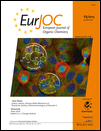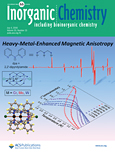 Ammonia Borane Dehydrogenation Promoted by a Pincer-Square-Planar Rhodium(I) Monohydride: A Stepwise Hydrogen Transfer from the Substrate to the Catalyst
Ammonia Borane Dehydrogenation Promoted by a Pincer-Square-Planar Rhodium(I) Monohydride: A Stepwise Hydrogen Transfer from the Substrate to the Catalyst
Esteruelas, M.A.; Nolis, P.; Oliván, M.; Oñate, M.; Vallribera, A.; Vélez, A. Inorg. Chem., 2016, 55 (14), pp 7176–7181. DOI: 10.1021/acs.inorgchem.6b01216
The pincer d8-monohydride complex RhH-{xant(PiPr2)2} (xant(PiPr2)2 = 9,9-dimethyl-4,5-bis-(diisopropylphosphino)xanthene) promotes the release of 1 equiv of hydrogen from H3BNH3 and H3BNHMe2 with TOF50% values of 3150 and 1725 h−1, to afford [BH2NH2]n and [BH2NMe2]2 and the tandem ammonia borane dehydrogenation−cyclohexene hydrogenation. Continue reading 11B-MQMAS Solid State NMR experiment performed on polyaminoborane derivatives
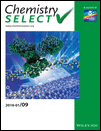
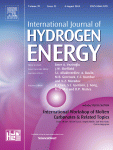
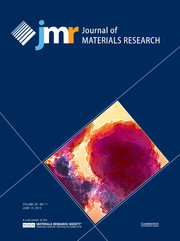
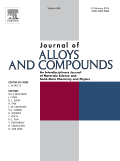
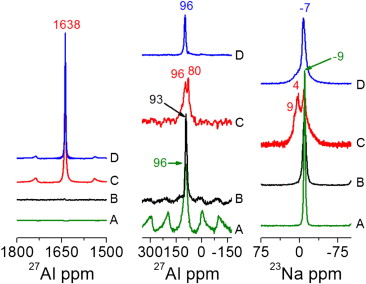
 Low-molecular-weight gelators consisting of hybrid cyclobutane-based peptides, by Sergi Celis,
Low-molecular-weight gelators consisting of hybrid cyclobutane-based peptides, by Sergi Celis, 
